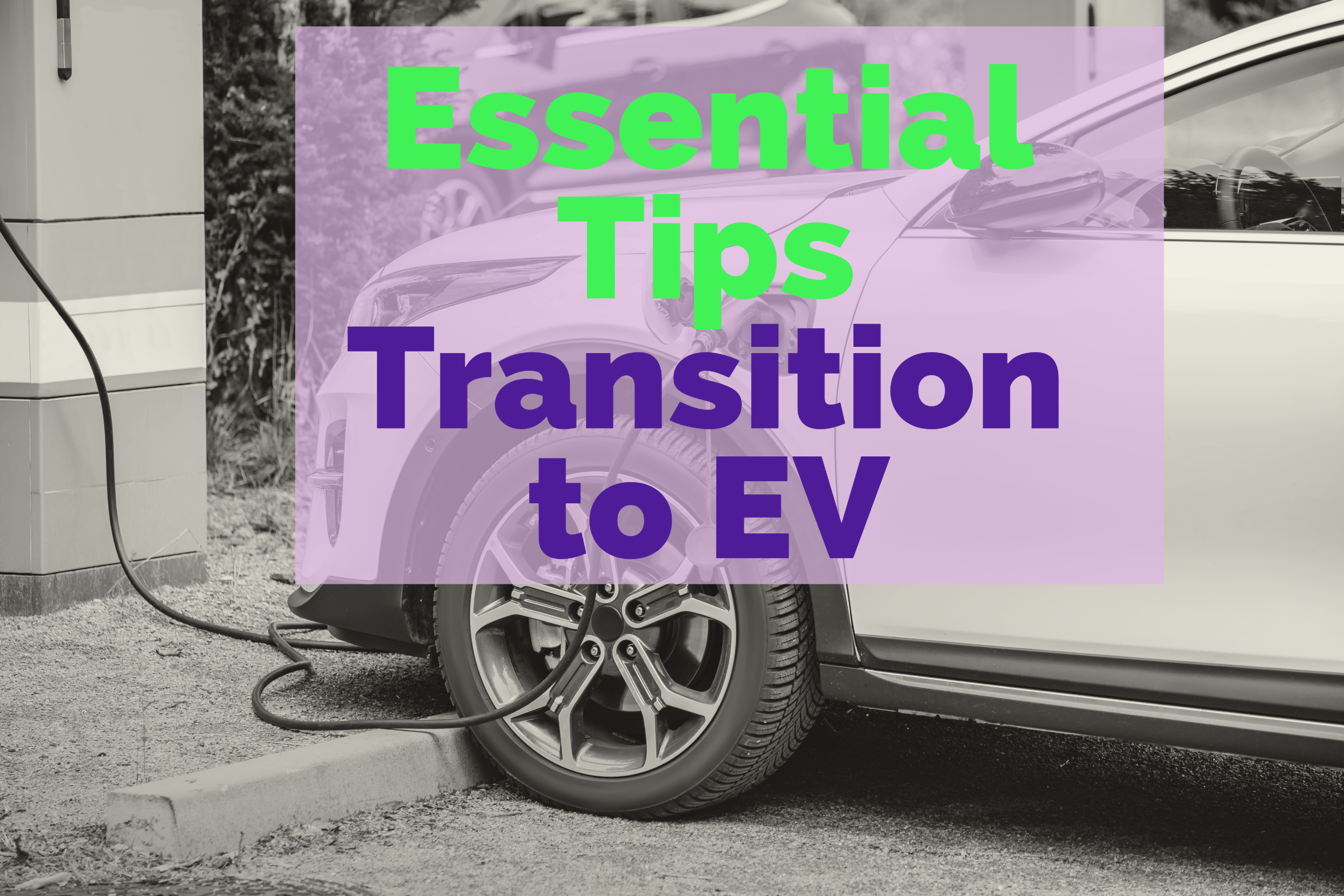Transitioning from a conventional car to an electric vehicle (EV) is a significant shift that requires a change in mindset, particularly when it comes to understanding and caring for the vehicle’s battery. The battery is the heart of an EV, and its performance, longevity, and overall health are crucial to the vehicle’s efficiency and cost-effectiveness. Here are key considerations and tips for effectively managing your EV’s battery.
Understanding the Basics of EV Batteries
Types of Batteries: Most modern EVs use lithium-ion (Li-ion) batteries, known for their high energy density, longevity, and reliability. Understanding the specific type of battery your EV uses is essential as it influences charging habits, maintenance, and overall care.
Battery Capacity and Range: Battery capacity, measured in kilowatt-hours (kWh), determines the range of your EV. The larger the capacity, the longer the range. Familiarize yourself with your EV’s capacity and range to plan your trips and charging needs effectively.
Charging Practices
Charging Levels: There are three primary levels of charging: Level 1, Level 2, and DC Fast Charging.
- Level 1: Uses a standard household outlet (120V). It’s the slowest method, adding about 3-5 miles of range per hour. Suitable for overnight charging.
- Level 2: Requires a 240V outlet, commonly found in public charging stations and can be installed at home. Adds about 10-60 miles of range per hour, depending on the EV.
- DC Fast Charging: Uses direct current and high voltage to charge the battery quickly, often up to 80% in 30 minutes. Ideal for long trips and quick top-ups but should not be used frequently as it can accelerate battery degradation.

Charging Habits: Adopt charging habits that prolong battery life. Avoid frequent full discharges and charges. Instead, aim to keep the battery level between 20% and 80%. This reduces stress on the battery and helps maintain its health.
Overnight Charging: For daily commutes, Level 1 or Level 2 charging overnight at home is usually sufficient. This ensures the battery is adequately charged each morning without unnecessary strain.
Public Charging Stations: Plan your routes and locate public charging stations. Use apps and in-car navigation systems to find nearby charging points, especially during long trips. Public charging networks are expanding, making it easier to find charging stations.
Battery Health and Maintenance
Temperature Management: Extreme temperatures, both hot and cold, can affect battery performance and longevity.
- Cold Weather: Cold temperatures reduce the battery’s efficiency and range. Preconditioning the battery while the car is still plugged in can help. Some EVs have thermal management systems to keep the battery at an optimal temperature.
- Hot Weather: High temperatures can accelerate battery degradation. Park in shaded areas or garages and avoid exposing the car to prolonged heat. Some EVs have active cooling systems to manage high temperatures.
Avoiding Deep Discharges: Frequent deep discharges (letting the battery level drop very low) can shorten battery life. Aim to recharge the battery before it drops below 20%.
Regular Software Updates: Manufacturers often release software updates that improve battery management systems and overall vehicle efficiency. Regularly update your EV’s software to benefit from these enhancements.
Monitoring Battery Health: Many EVs provide battery health monitoring features. Regularly check the battery’s health status through the vehicle’s dashboard or mobile app. This can alert you to any potential issues early on.
Driving Habits
Smooth Driving: Aggressive driving, including rapid acceleration and hard braking, can reduce battery efficiency. Adopt smooth driving habits to maximize range and battery life.
Regenerative Braking: Most EVs have regenerative braking systems that capture energy during braking and feed it back into the battery. Use regenerative braking to extend your range and reduce wear on traditional brakes.
Long-Term Storage
Storing the EV: If you plan to store your EV for an extended period, ensure the battery is partially charged (around 50%). Avoid leaving it at 100% or 0%, as both extremes can harm the battery over time. Check the manufacturer’s guidelines for specific recommendations.
Regular Checks: Even during long-term storage, periodically check and recharge the battery to maintain an optimal charge level. This helps prevent deep discharges and ensures the battery remains healthy.
Warranty and Service
Understanding the Warranty: EV batteries come with warranties that cover a specific period or mileage, usually around 8 years or 100,000 miles. Understand the terms of your battery warranty, including coverage for capacity loss.
Professional Service: Routine maintenance of EVs is generally simpler than conventional cars, but it’s essential to follow the manufacturer’s recommended service schedule. Professional servicing can identify and address any battery issues early.
Environmental and Financial Considerations
Environmental Impact: One of the significant benefits of EVs is their reduced environmental impact. Proper battery care ensures your EV remains efficient and eco-friendly throughout its lifespan.
Financial Savings: While EVs can be more expensive upfront, lower operating costs, including reduced fuel and maintenance expenses, offset this over time. Proper battery care maximizes these savings by extending battery life and efficiency.
Conclusion
Transitioning from a conventional car to an electric vehicle is a rewarding experience that offers numerous benefits, including lower operating costs, reduced environmental impact, and a smoother, quieter ride. However, this transition comes with a learning curve, especially regarding battery care.
By understanding the basics of EV batteries, adopting proper charging habits, maintaining the battery’s health, and staying informed about best practices, you can ensure your EV’s battery remains in optimal condition. This not only extends the life of your battery but also enhances the overall performance and reliability of your electric vehicle. Embrace the change, educate yourself, and enjoy the many advantages that come with driving an EV.


One thought on “Important Tips for Battery Care When Transitioning from a Conventional Car to an Electric Vehicle (EV)”